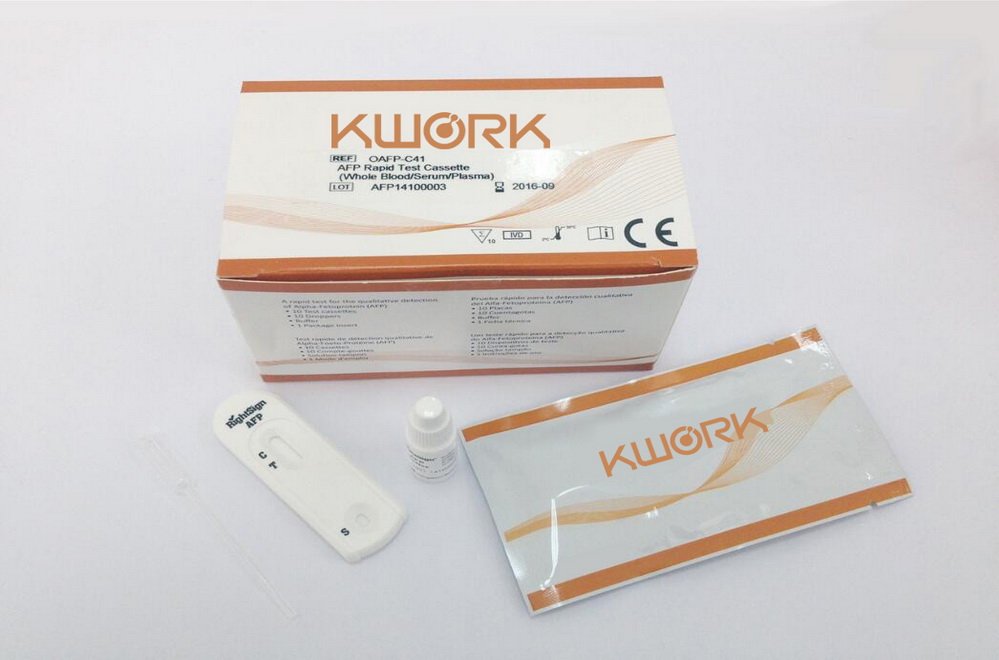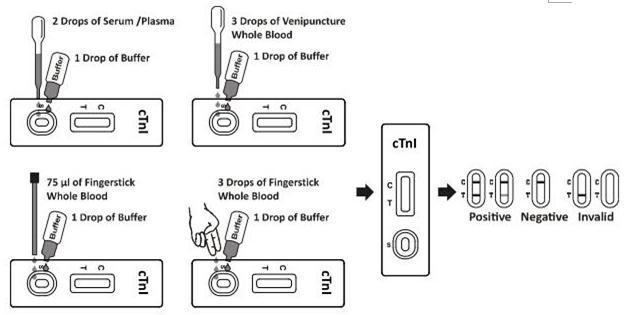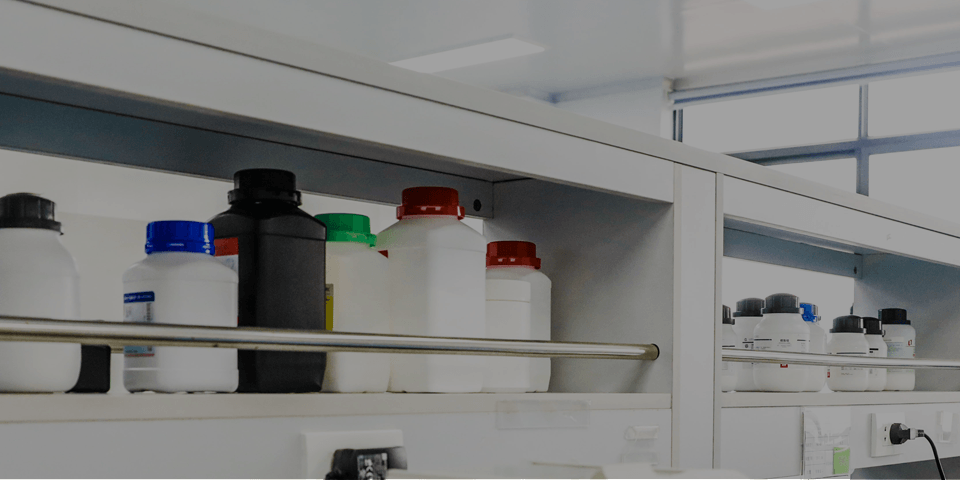
【SUMMARY】
Cardiac Troponin I (cTnI) is a protein found in cardiac muscle with a molecular
weight of 22.5 kDa. Troponin I is part of a three subunit complex comprising of
Troponin T and Troponin C. Along with tropomyosin, this structural complex
forms the main component that regulates the calcium sensitive ATPase activity
of actomyosin in striated skeletal and cardiac muscle. 2 After cardiac injury
occurs, Troponin I is released into the blood 4-6 hours after the onset of
pain. The release pattern of cTnI is similar to CK-MB, but while CK-MB levels
return to normal after 72 hours, Troponin I remains elevated for 6-10 days,
thus providing for a longer window of detection for cardiac injury. The high
specificity of cTnI measurements for the identification of myocardial damage
has been demonstrated in conditions such as the perioperative period, after
marathon runs, and blunt chest trauma. cTnI release has also been documented in
cardiac conditions other than acute myocardial infarction (AMI) such as
unstable angina, congestive heart failure, and ischemic damage due to coronary
artery bypass surgery. Because of its high specificity and sensitivity in the
myocardial tissue, Troponin I has recently become the most preferred biomarker
for myocardial infarction. The Cardiac Troponin I Rapid Test Cassette (Whole
Blood/Serum/Plasma) is a simple test that utilizes a combination of anti-cTnI
antibody coated particles and capture reagent to detect cTnI in whole blood,
serum or plasma. The minimum detection level is 0.5ng/mL.
【DIRECTIONS
FOR USE】
Allow the test, specimen, buffer and/or controls to reach room temperature
(15-30°C) prior to testing.
1. Bring the pouch to room temperature before opening it. Remove the test
cassette from the sealed pouch and use it as soon as possible.
2. Place the cassette on a clean and level surface.
For Serum or Plasma specimen:
· Hold the dropper vertically and transfer 2 drops of serum or plasma
(approximately 50 µL) to the specimen area, then add 1 drop of buffer
(approximately 40 µL), and start the timer. See illustration below.
For Venipuncture Whole Blood specimen:
· Hold the dropper vertically and transfer 3 drops of whole blood
(approximately 75 µL) to the specimen area, then add 1 drop of buffer
(approximately 40 µL), and start the timer. See illustration below.
For Fingerstick Whole Blood specimen:
· To use a capillary tube: Fill the capillary tube and transfer approximately
75 µL of fingerstick whole blood specimen to the specimen area of test
cassette, then add 1 drop of buffer (approximately 40 µL) and start the timer.
See illustration below.
· To use hanging drops: Allow 3 hanging drops of fingerstick whole blood
specimen (approximately 75 µL) to fall into the specimen area of test cassette,
then add 1 drop of buffer (approximately 40 µL ) and start the timer. See
illustration below.
3. Wait for the colored line(s) to appear. Read results at 10 minutes. Do not interpret the result after 20 minutes.




